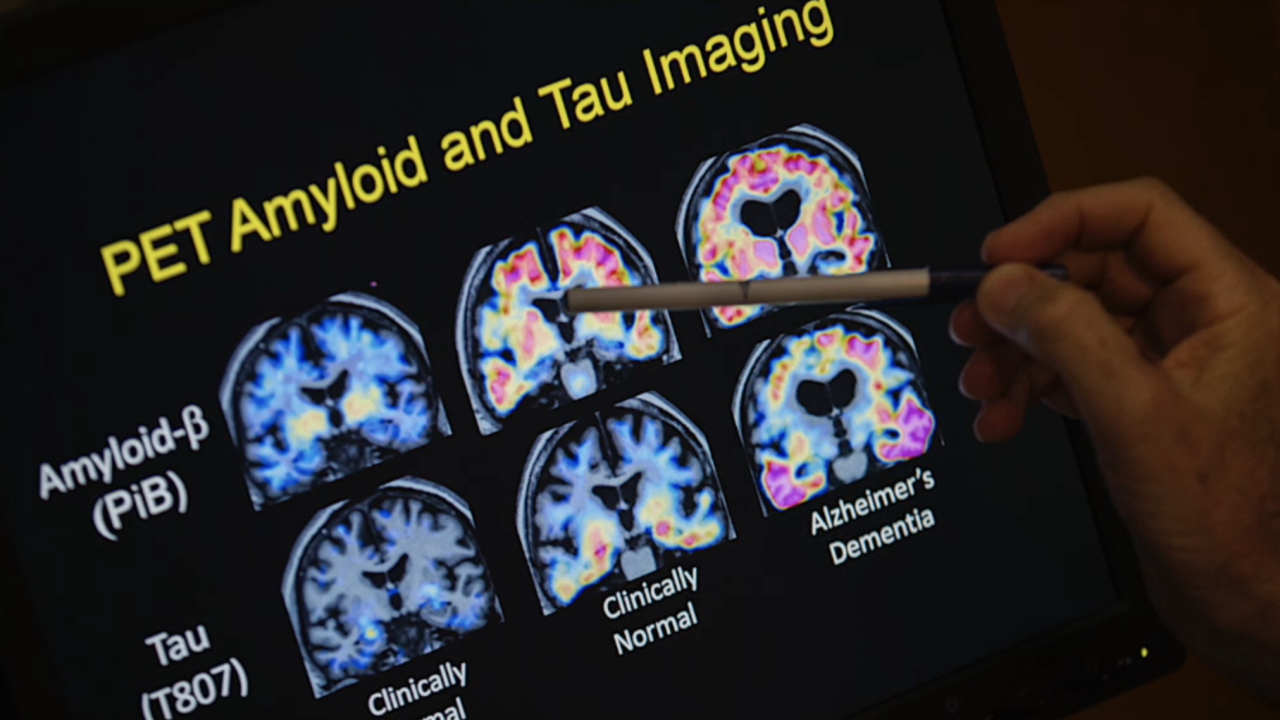SOUTHFIELD, Mich. (WXYZ) — This is very exciting because, currently, there is no single test for Alzheimer's disease. A diagnosis is usually based on a few different types of assessments. For example, mental status testing, physical and neuropsychological exams, laboratory tests, and brain imaging.
The study’s findings were presented at the Alzheimer's Association International Conference. Researchers collected blood samples from 77 patients in Barcelona, Spain. The blood was collected two ways - via a vein and a finger prick - and dropped onto dry blood spot cards. The samples were left at room temperature and then shipped overnight to a lab in Sweden. There, researchers extracted blood from the cards and measured biomarkers related to Alzheimer's disease - specifically amyloid and tau pathology, neurodegeneration and brain cell activity. And all of these were all detectable in the finger prick samples.
The finger prick method is still a work in progress. But if all goes well, it’s possible that this simple test could be performed independently at home using a mail-in blood spot card. And not only would the finger prick not need to be administered in a clinic by trained personnel, but it also would not require low-temperature storage or any storage control measures like current Alzheimer's blood tests require. While it’s exciting to think that down the road we’ll have a simpler, faster, and easier way to diagnose this disease, keep in mind that these preliminary findings need to be validated in much larger trials.
Of course, it would be wonderful if a simple-to-use blood test for Alzheimer's disease could help improve early diagnosis. Unfortunately, more than 6 million Americans are living with Alzheimer's – a disease that destroys precious memories, impairs thinking skills, and causes behavioral changes. And unfortunately, the number of people with Alzheimer’s is expected to rise to nearly 13 million by 2050.
If you’d like to try to avoid this dreadful disease, the CDC recommends making healthy lifestyle choices that include:
· Being physically active
· Maintaining a healthy weight
· Getting enough sleep
· Avoiding excessive drinking
· Not smoking
· Preventing and managing high blood pressure and blood sugar
· As well as preventing and correcting hearing loss
This may seem like a lot, but try addressing one at a time. And if you’re concerned or have questions, be sure to talk with your family physician.



